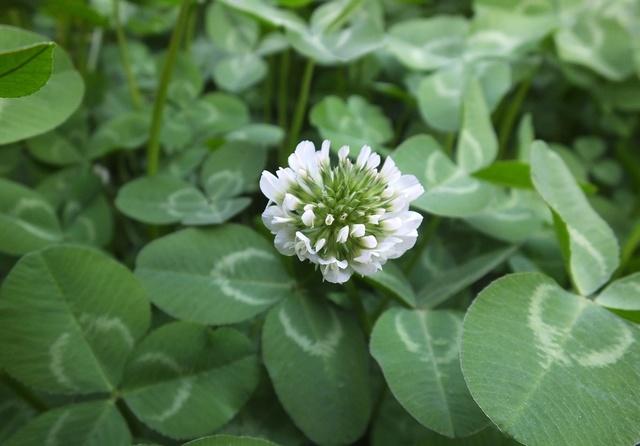The Burmanniaceae family has an intriguing story that spans centuries. One of the most fascinating aspects is its unique reproductive strategy. Unlike other plants, Burmanniaceae are mycoheterotrophs, which means they obtain nutrients from fungi in a parasitic manner. This adaptation allows them to survive in nutrient-poor soil.
Another interesting fact is that some species of Burmanniaceae produce beautiful, exotic flowers that often have intricate shapes and vibrant colors. These flowers have evolved to attract specific pollinators, such as beetles or flies, which play a crucial role in their reproduction.
Throughout history, Burmanniaceae have been used in traditional medicine by various cultures. Some species were believed to possess medicinal properties, and their herbal extracts were used to treat a range of ailments.
In conclusion, the Burmanniaceae family captivates biologists and nature enthusiasts alike with its extraordinary reproductive strategy, stunning flowers, and historical significance in traditional medicine.
Picture

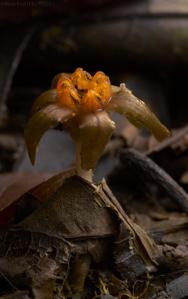
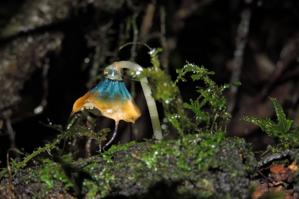

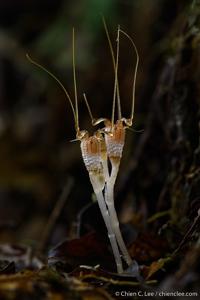
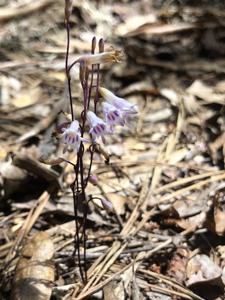


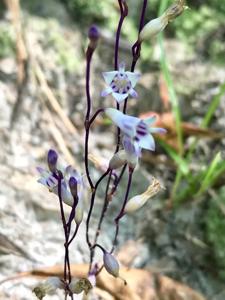
Plant some seeds now!
Multi-Colored Bachelor’s Button
Short Description
Burmanniaceae is a family of flowering plants, consisting of 99 species of herbaceous plants in eight genera.
Description
These plants are annual or perennial herbs, with generally unbranched stems, some lacking leaves. Some members of this family lack chlorophyll and are mycotrophic (also called myco-heterotrophic).
The family tends to be saprophytic and even the autotrophic species are all endomycorrhizal and probably at least hemisaprophytic.

